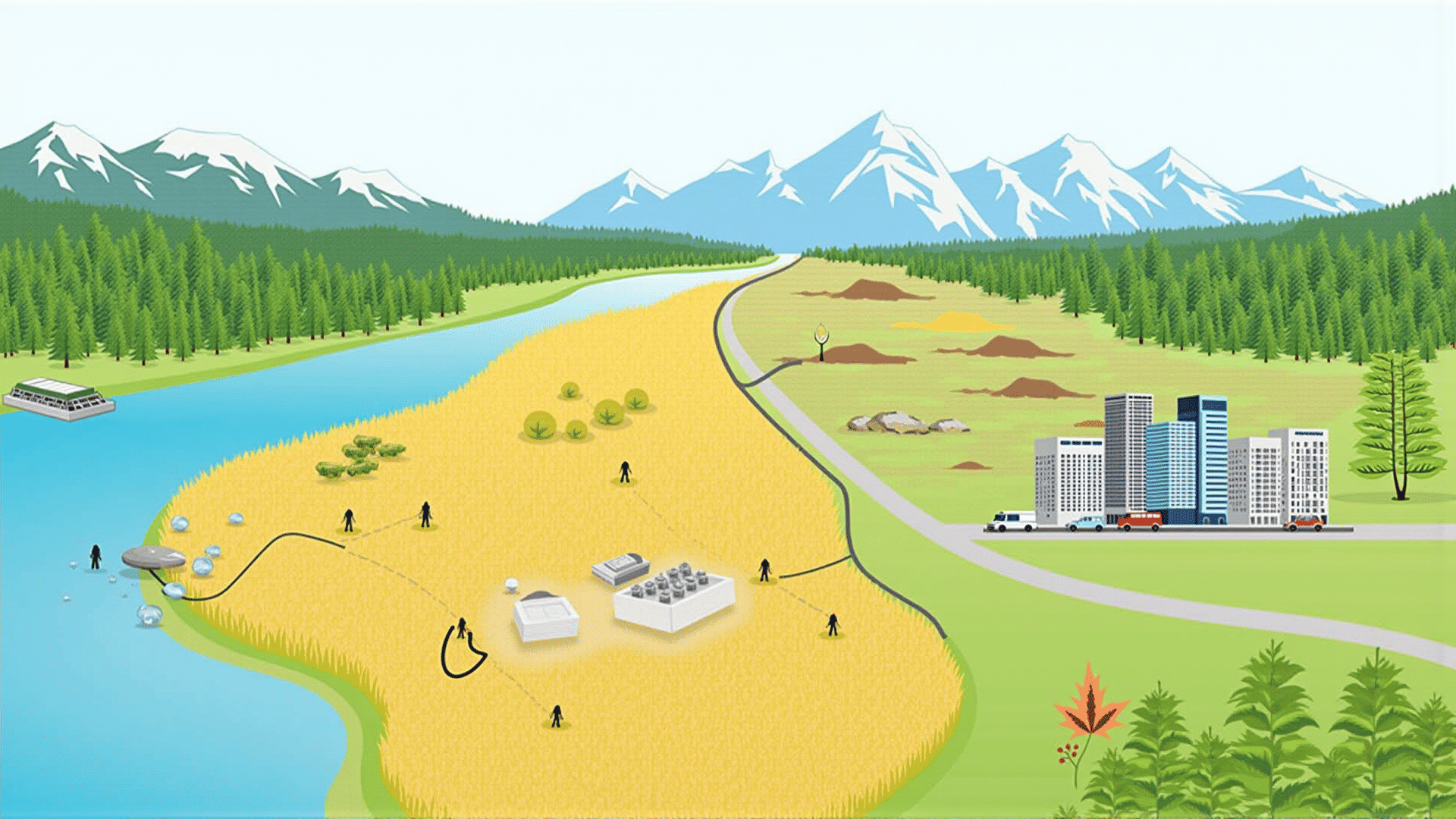Canada's economic prowess is deeply intertwined with its strategic and efficient allocation of its abundant resources. By balancing natural, human, and capital resources, the nation has crafted a resilient and dynamic economic landscape that continues to thrive.
Natural Resources Management
Canada's vast landscapes are rich in natural gifts, ranging from minerals, forests, fresh water, to energy resources. The country's approach to managing these resources focuses on sustainability and innovation. Forestry, for example, is managed through practices that ensure regeneration and conservation. Mining operations employ advanced technologies to reduce environmental impact and promote safety. Moreover, initiatives in clean energy projects are positioning Canada as a leader in renewable energy, reducing greenhouse gas emissions, and capitalizing on the global shift towards greener solutions.
Human Resources Development
The backbone of Canada's resource allocation strategy is its human resources. Canada places a strong emphasis on education, training, and health to harness the potential of its workforce. The country's robust public education system and accessible tertiary institutions ensure that individuals are well-prepared for diverse economic roles. Additionally, ongoing training and skill development programs help workers adapt to changing industries and technologies. Canada also leverages its multicultural fabric to draw from a wide pool of global talent, fostering innovation and competitiveness.
Capital Resource Optimization
Infrastructural investments play a critical role in Canada's resource distribution strategy. From transportation networks that facilitate trade to cutting-edge research facilities that drive innovation, Canada effectively allocates capital to support long-term economic growth. Public-private partnerships foster collaboration and allow for large-scale projects that may not be feasible through public funding alone. Additionally, fiscal policies are crafted to maintain stable economic conditions, encouraging entrepreneurial ventures and business expansion.
Collaboration and Innovation
One of the keys to Canada's successful resource allocation is the synergy between government, industry, and academia. These sectors collaborate extensively, ensuring policies and practices are informed by research and practical insights. Innovation clusters, such as those found in technology hubs, offer fertile ground for new ideas and startups, supported by state-of-the-art facilities and funding for research and development.
Challenges and Future Directions
Despite its successes, Canada faces challenges that require ongoing adjustment and strategic planning. Climate change poses risks to several industries, necessitating adaptive strategies and investments in green technologies. Workforce diversification and upskilling remain priorities as automation and artificial intelligence alter the employment landscape.
In conclusion, Canada's economic strength is a testament to its effective allocation of natural, human, and capital resources. By continually adapting and innovating, Canada not only fuels its economy but also sets a benchmark for resource management on a global scale. Through sustainable practices and collaborative frameworks, Canada remains poised for a prosperous and resilient future.
